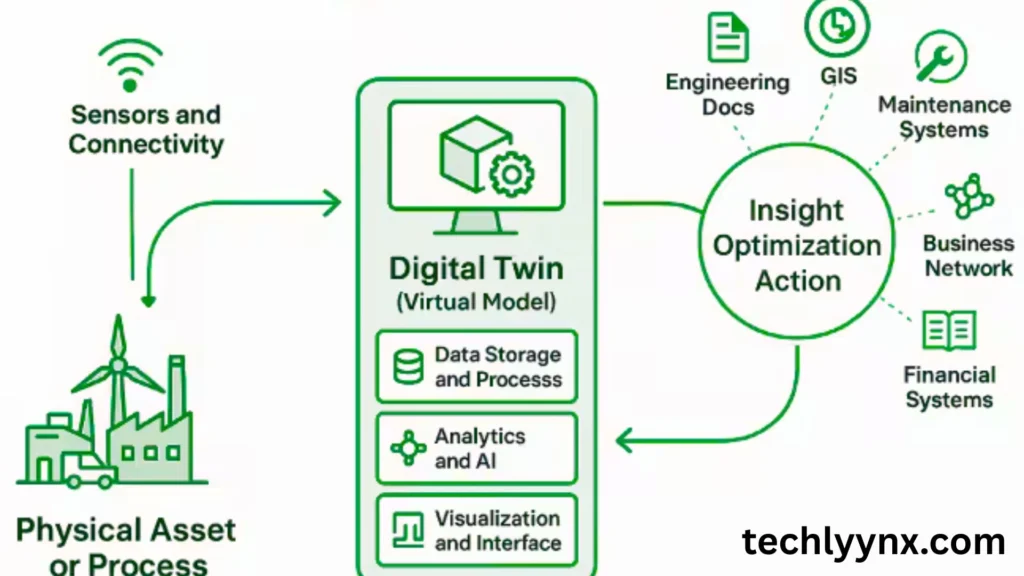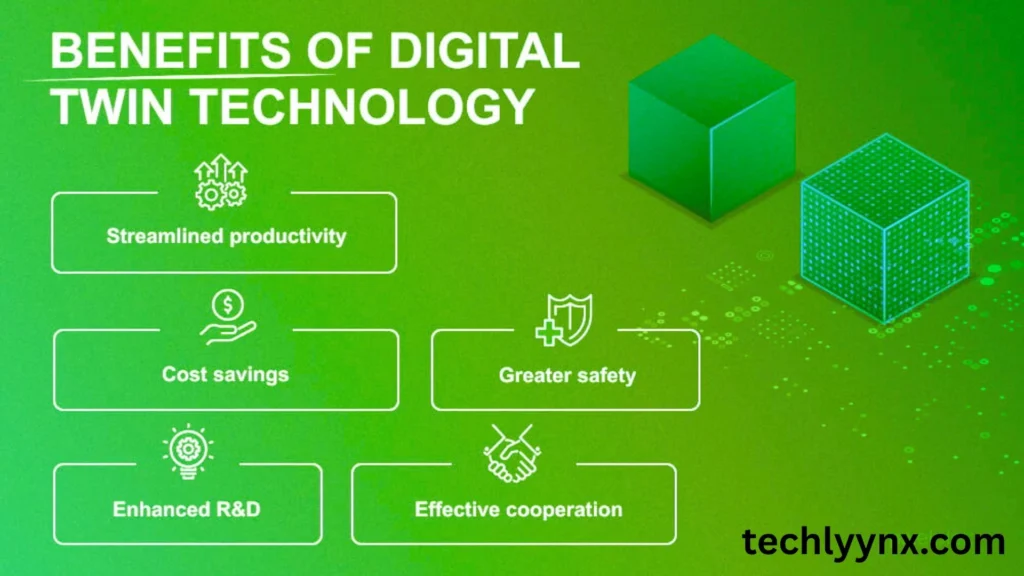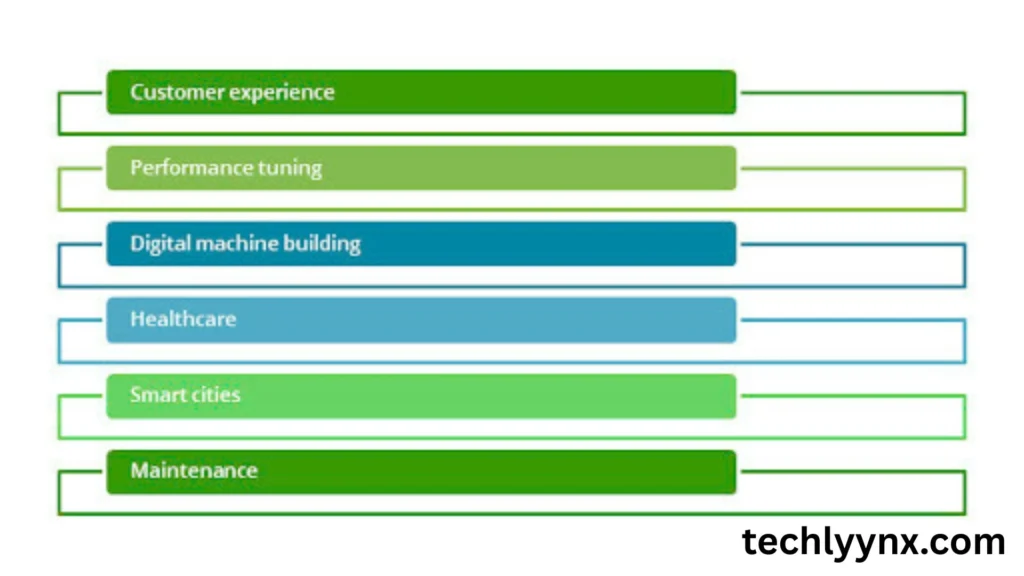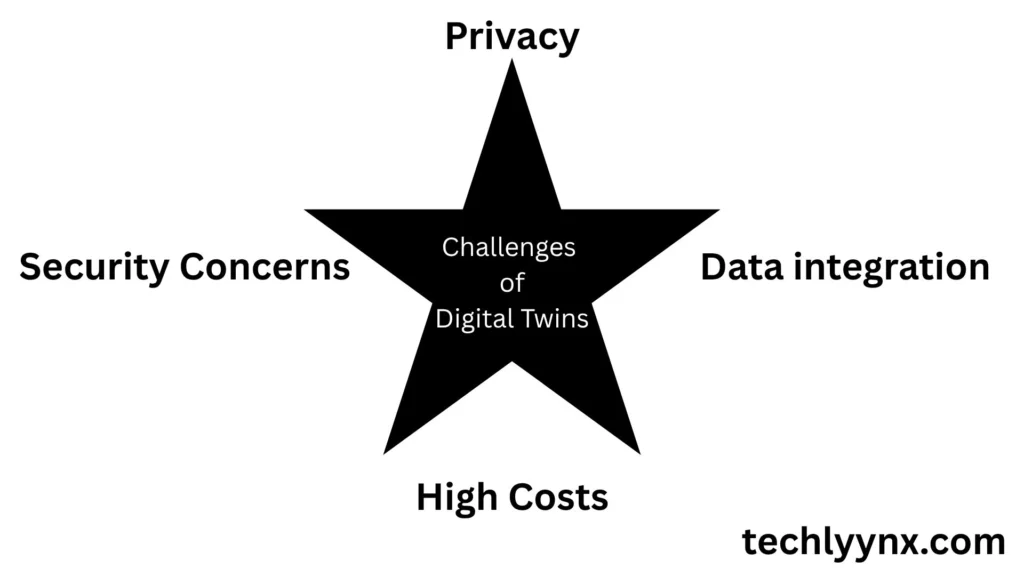The rate at which technology is developing sometimes seems faster than our ability to keep up. Digital twins are one idea that has been receiving a lot of attention among the numerous advancements reshaping industries today. The concept is surprisingly useful and is already being used in sectors including manufacturing, healthcare, construction, and even smart cities, despite the name’s futuristic connotations.
They are essentially virtual representations of actual systems, processes, or things. Using sensors, real-time data, and sophisticated simulations, they are made to closely resemble the physical version. This implies that, without actually handling the object, you may see how it functions, forecast how it will behave, and even enhance its performance.
If you are completely new to this topic, don’t worry. This beginner’s guide will break down what digital twins are, how they work, and why they are becoming so important in 2025 and beyond.
What Are Digital Twins?
A digital representation of a physical object is referred to as a “digital twin.” Let’s say you own an automobile. A comprehensive computer model that displays every component, sensor readout, and performance information of the actual vehicle would be a digital twin of that vehicle.
The fact that digital twins are more than just static models or images is what gives them such power. They are dynamic, live copies. As the actual object changes, they are updated instantly. For instance, engineers can intervene quickly if a production machine becomes hotter than usual since its digital duplicate will instantly reflect the change.
How Digital Twins Work

These models combine several technologies to function effectively:
- Sensors and IoT Devices: These collect real-time data from the physical object.
- Connectivity: Internet and network systems send this data to the digital twin.
- Data Analytics and AI: These process the information, simulate different scenarios, and make predictions.
- Visualization Tools: These display the twin in 3D or other forms so humans can understand and interact with it.
In other words, they take in live data, analyze it, and present it in a way that helps people make better decisions.
Benefits of These Models

Anticipate issues before they arise. Engineers can identify problems early and stop malfunctions by evaluating real-time data.
Boost Efficiency: Businesses can save time and money by testing changes on the digital twin before implementing them in the real world.
Improved Product Design: Without creating numerous physical prototypes, designers may model performance and make adjustments.
Improved Training: Rather of endangering the real system, new hires can practice on a simulated one.
Reduced Costs: Maintenance and operating costs can be reduced by identifying issues early and improving performance.
Applications of Digital Twins in 2025

Manufacturing – Factories use digital twins to track machines, predict maintenance needs, and streamline production.
Healthcare – Doctors can create a patient’s digital twin to test treatments before applying them in real life.
Construction – Builders use them to model structures and detect design issues before construction begins.
Smart Cities – Entire cities are modeled digitally to improve traffic, energy use, and public services.
Aerospace – Aircraft manufacturers use digital twins to monitor planes throughout their life cycle.
Why They Are Important in 2025
Industries are becoming increasingly data-driven in 2025. Making well-informed judgments quickly is not only a competitive advantage, but also a requirement. This is made possible by this, which offer a comprehensive, precise, and real-time image of a physical system.
Additionally, they are assisting companies in their transition to sustainability. A digital twin, for instance, can enhance resource management, minimize waste, and maximize energy use. This feature alone makes them revolutionary in light of the growing environmental concerns.
Challenges of Digital Twins

While digital twins have huge potential, they are not without challenges.
- High Initial Costs – Setting up the sensors, networks, and software can be expensive.
- Data Security Risks – Since they rely heavily on data, they are vulnerable to cyberattacks.
- Complexity – Managing and interpreting large amounts of data requires skilled professionals.
Companies adopting this need to invest in both technology and the right people to manage it effectively.
The Future
In the future, digital twins will become more intelligent and widely available. Digital twins will not only depict the present but also make increasingly more accurate predictions about the future as artificial intelligence advances. They will be used by more small and medium-sized enterprises than only large firms.
Personal digital twins for commonplace objects like cars, wearable medical technology, and home appliances may potentially become a reality in the future. This has the potential to transform how we work and live, improving the sustainability, safety, and efficiency of our planet.
Final Thoughts
Although they began as a high-tech idea for large corporations, digital twins are rapidly evolving into a tool that can be used in practically any industry. By 2025, they will be crucial to increasing productivity, cutting expenses, and making wiser choices. Digital twins will only become more significant as technology develops further, influencing a future in which the digital and physical worlds collaborate more intimately than before.

